
10 Best Tips for Cooking with Protein Powder
Cooking with protein powder can be an intimidating process if you don’t know where to start. When it comes to cooking with protein powder, the possibilities are endless! From succulent cakes and muffins, to soft cookies, indulgent cheesecakes or fluffy pancakes!
We’ll explore the do’s and don’ts of cooking with protein powder, shedding light on common mistakes to avoid and offering expert advice to ensure your culinary adventures are both delicious and nourishing.
There may be some trial and error, but we’ve got you covered in our guide on cooking with protein powder…
1. Choose the Right Powder
Protein powder shouldn’t be used in place of flour or other binding ingredients in recipes. Since protein powder doesn’t have the same qualities as regular flour, a complete substitution might not produce the desired results.
Different protein powders, such as whey, soy, casein, or plant-based options, have distinct flavours and properties. Choose the one that best suits your recipe and taste preferences.
For example, it wouldn’t make sense to substitute Pea Protein Powder for Whey Protein Powder in any recipe as they both offer different flavours and textures which will affect your cooking.
2. Use in Moderation
Avoid using too much protein powder, as it can overpower the dish, alter its flavour, and create an undesirable texture.
Never ever bake a batter that’s mostly protein powder, especially for pancakes or protein muffins/cakes. If more than half of your batter is protein powder, your food will come out super dry and like rubber, especially if you’re using whey or casein powder.
Just stick to the recommended serving sizes and adjust things as you like them!
3. Remember to Moisturise
Always use a moisturiser when making protein pancakes or baking protein cakes or muffins. A moisturiser is an ingredient that will ‘weigh down’ your protein powder and add moisture to your food. You need a moisturiser when you’re cooking with whey and casein (otherwise will food will come out dry and rubbery).
You also need one when you’re cooking with the veggie powders (like Pea, Rice, and hemp) because they tend to be very dense and need moisture to start singing.
Some great moisturisers include: bananas, Greek yogurt, cottage cheese, quark, cooked sweet potatoes, pumpkin puree, applesauce, and (cooked) beets.
4. Avoid High Heat
High heat can cause protein powders to denature and clump, giving them a gritty or unpleasant feel. Stay away from very high temperatures when cooking. To maintain the integrity and nutritional benefits of protein powder, it’s best to use it in recipes that involve lower cooking temperatures or add it to foods after they have been cooked.
Incorporating protein powder into smoothies, no-bake energy balls, or yogurt parfaits are examples of ways to use it without subjecting it to high heat. By doing so, you can still enjoy the added protein while preserving the quality and taste of your dishes.
5. Don’t Treat Coconut Flour the Same as Other Flours
Use coconut flour sparingly. If you use too much coconut flour, whatever you’re making will turn out very fibrous, dry, and compact. Too much coconut flour makes things hard to swallow too which can be dangerous. So use it carefully.
Contrary to what it’s name may suggest, it is not like most other flours – e.g. oat, tapioca, buckwheat, rice, or even wheat flour. Gram for gram, you get far more fibre from coconut flour than you would from another flour. It’s denser and lower in carbs. So don’t treat it like you would any other flour.
6. Use Fat When you’re Making Protein Cookies
If you’re baking Protein Cookies, you should use fat. This can be coconut oil, Nut Butter, actual butter, or even lard if you want to go ‘paleo’ on your cookies. Using either coconut oil, nut butter, or a combo of the two.
If you want to end up with a moist and crunchy cookie, you need to use some sort of fat. Otherwise they’ll end up like ‘cookie-breads’ instead of cookies and they’ll never be crunchy or even soft. Instead, they’ll resemble a type of cookie cardboard.
7. Use Frozen Fruit/Veg for Protein Fluff
You can’t make Protein Fluff with fresh fruit or vegetables. Your fruit or veg have to be frozen otherwise you’ll make a smoothie concoction rather than a fluff.
What kind of vegetables can you use to make protein fluff? You can use frozen (cooked) cauliflower, frozen (cooked) sweet potato or butternut squash, or frozen carrots (if you use vanilla whey and then top it with cinnamon, you can make a pretty gnarly carrot cake protein fluff using frozen carrots).
8. Don’t Leave Egg Powder ‘Unconstituted’
When cooking with egg protein powder, don’t leave it unconstituted. It can harbour harmful microbes, might be hard to digest, and lacks the right texture for recipes.
Mixing it with water or liquid makes it safer, easier to use, and preserves its nutritional value. Always follow the manufacturer’s instructions for reconstituting the powder before use.
9. Don’t add Eggs to your Cheesecake Bases
Avoid adding eggs to your cheesecake base. It can change the texture and consistency of the crust, which is meant to be crumbly and serve as a sturdy foundation for the creamy filling. Stick to the traditional recipe using biscuits or cookie crumbs mixed with butter for the best results.
When eggs are added to the base, they can bind the crumbs together too much, leading to a denser and firmer texture, more like a cookie or cake rather than a crumbly crust. The eggs might also cause the crust to puff up during baking, losing the desired flat and even surface that complements the smooth, creamy cheesecake filling.
Eggs should be reserved for the cheesecake filling, where they play a crucial role in binding and setting the creamy filling during baking.
When baking a Protein Cheesecake, avoid cooking it until it’s solid and the knife comes out clean. Remove it from the oven while it’s still slightly wobbly in the centre and it will continue to cook and set as it cools. If it wobbles just a bit, it’s done – take it out. If it wobbles a lot and looks wet in the centre, leave it in.
10. Store Correctly
Protein powder should be kept in a cool, dry location away from moisture and sunlight. The ideal location is a kitchen cabinet or pantry. Storage away from heat sources is advised because exposure to high temperatures can cause the protein powder’s quality and nutritional value to deteriorate.
Additionally, keep the container tightly closed after each use to stop moisture from entering. The effectiveness, taste, and freshness of the protein powder will be preserved over time with proper storage. If the protein powder is packaged in a resealable bag, you can add extra security by transferring it to an airtight container.
If you want to learn more about the powders, check out our blog on an Introduction to Protein Powders. We have a vast range of Protein Powders and Shakes to choose from too.
2 Replies to “10 Best Tips for Cooking with Protein Powder”
You must be logged in to post a comment.


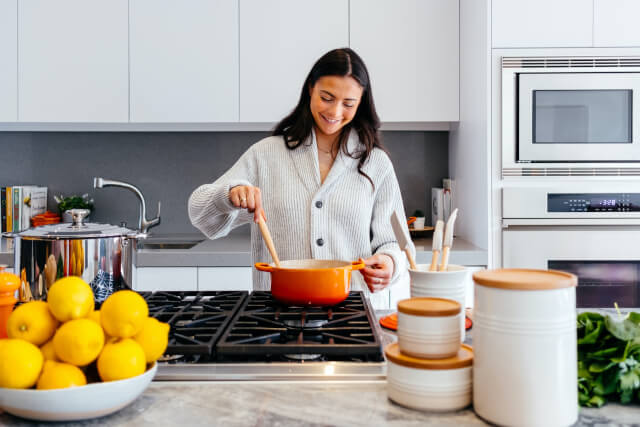
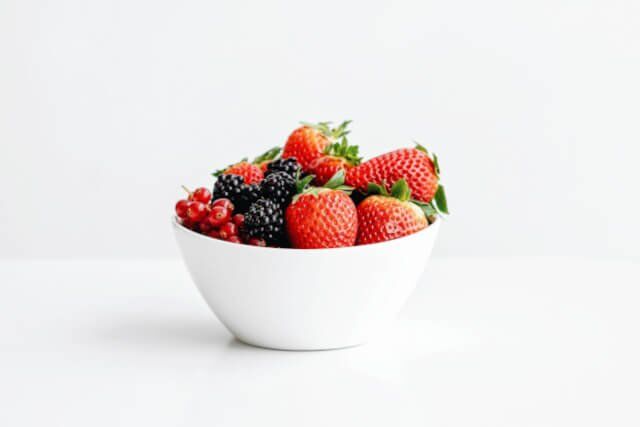
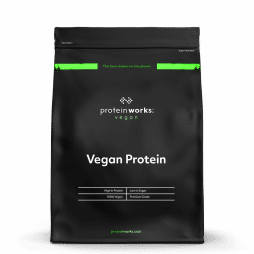
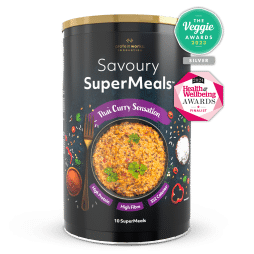
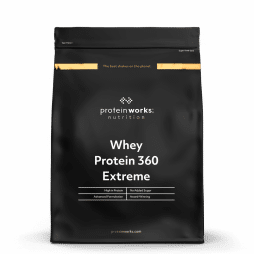
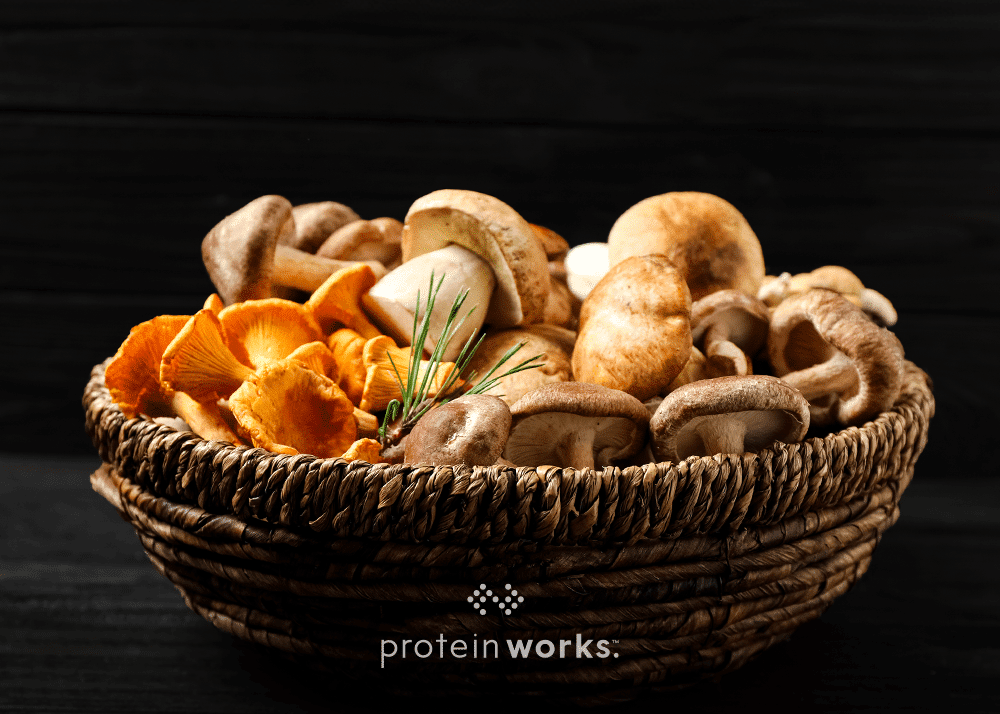
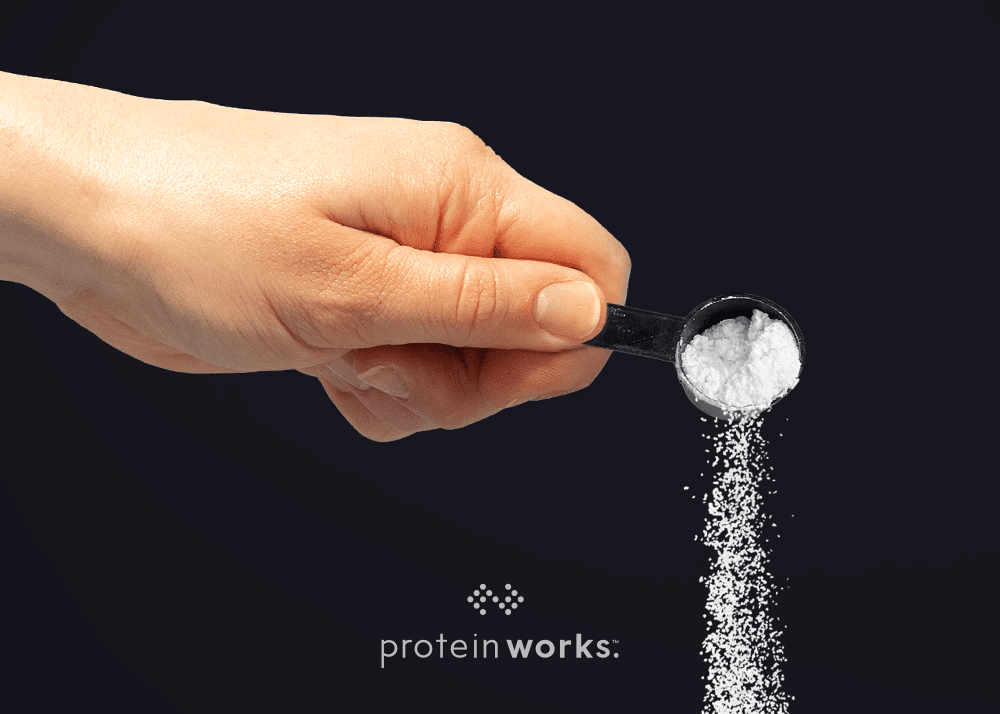
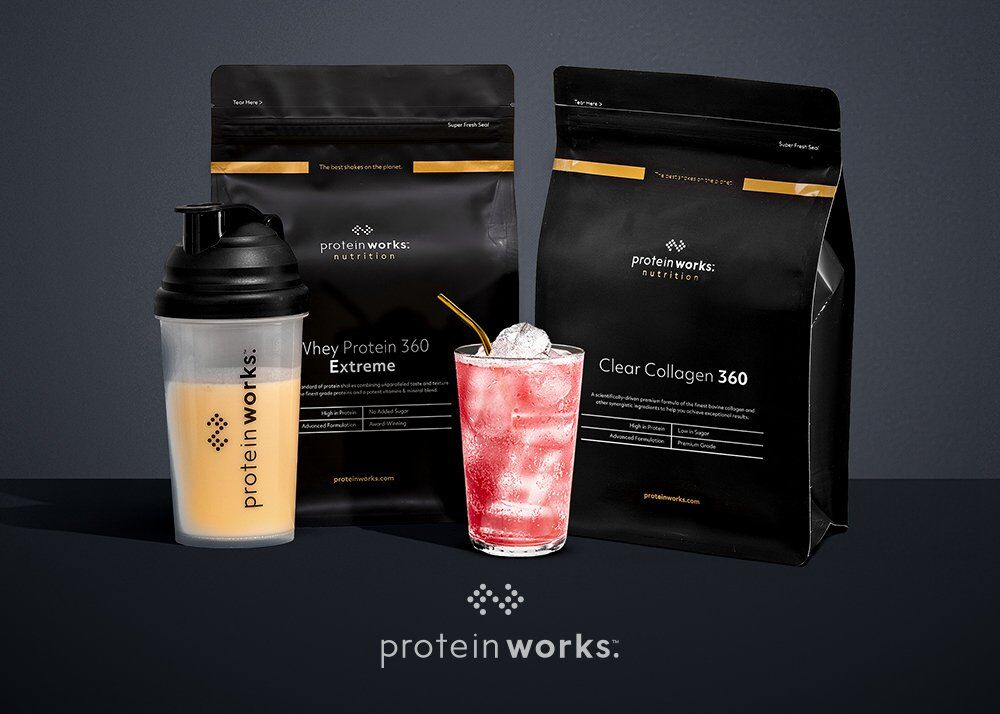
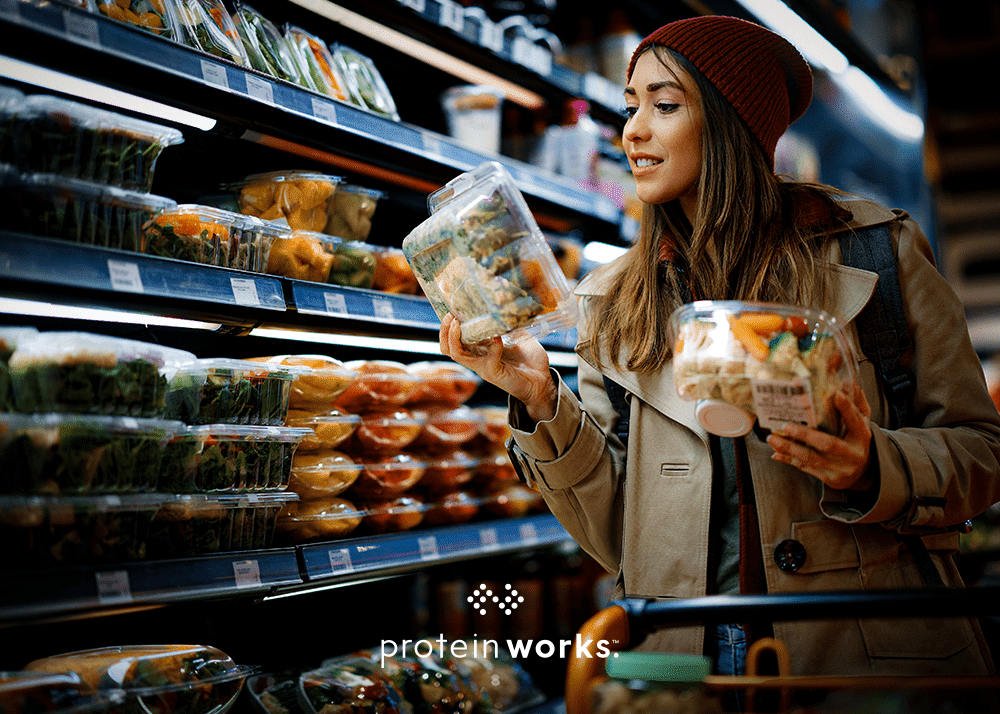
You didn’t come right out and say we can use protein powders in baking. Can we bake with powders? Any we choose? Comparing casein and pea is fine, but I just need to know if protein powders can take oven heat. There’s nothing about the general ability to bake with powders.
Hi! You can absolutely cook and bake with protein powders! I wrote an article about that here: https://proteinpow.com/denaturing